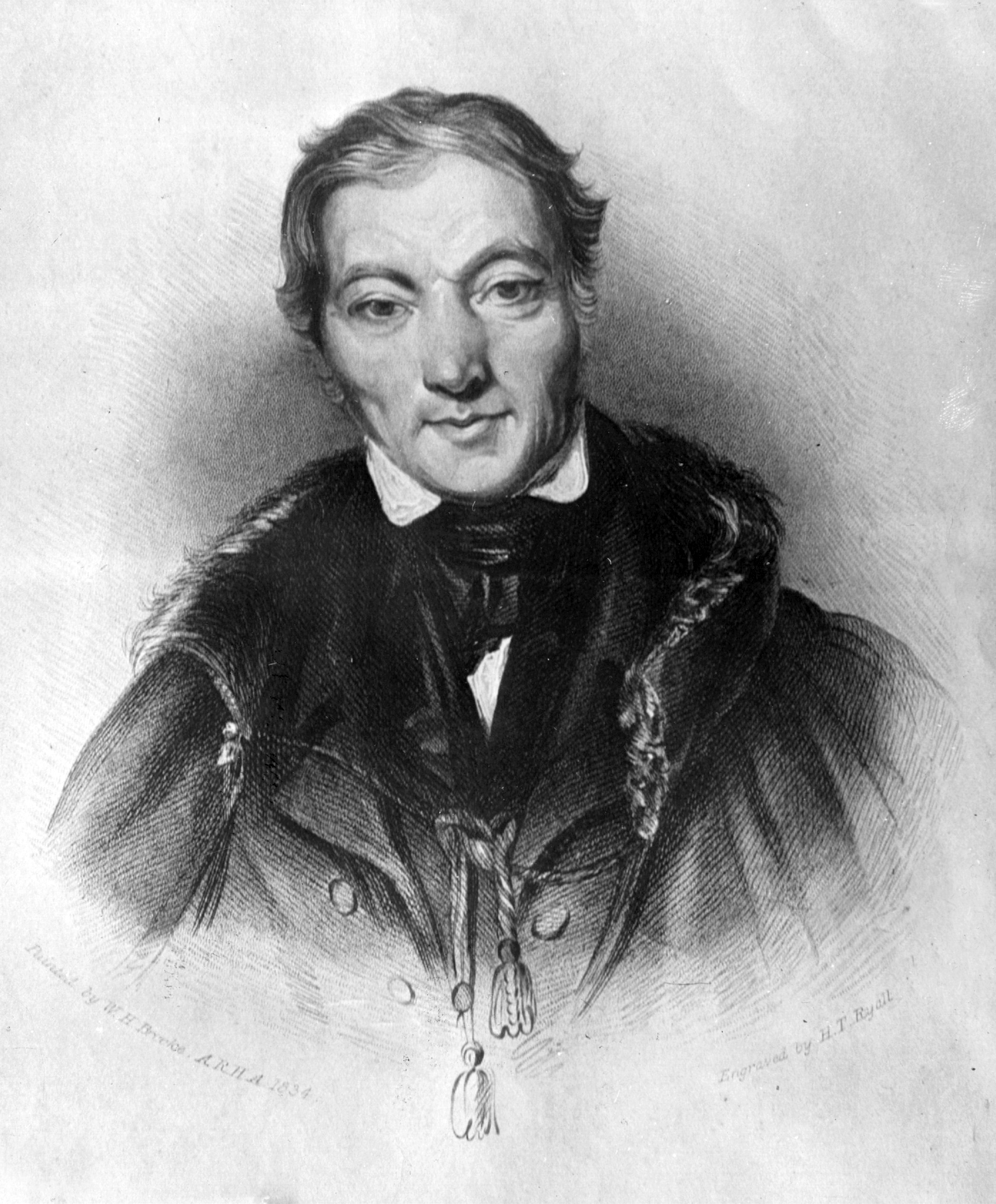Communal, << KOM yuh nuhl or kuh MYOO nuhl, >> society is a community formed by people who believe that they can make a better life together than any of them could make alone. Members of communal societies value collective (group) needs above personal needs. Most of these societies are based on a shared interest, such as religion or politics. For example, members of a religious group called Hutterites have established communal societies that follow the laws of the Bible (see Hutterites ). Some communal societies, such as the kibbutzim in Israel, are cooperative farming settlements (see Kibbutz ). A communal society created as an example of a better world is called a utopia.
Communal societies differ from traditional society mainly in the ways they favor collective needs. No one owns private land in most communal societies. Some communal societies also may forbid marriage or single-family households. In nearly all successful communal societies, members do all their work for the community and restrict contact with the rest of society.
In the 1800’s, such European thinkers as the Comte de Saint-Simon, Robert Owen, Etienne Cabet, and Pierre Joseph Proudhon reacted against the uneven distribution of wealth in society. These people sought a cure for the evils in society through a communal society that would allow some private ownership, but not inherited wealth. These ideals inspired such well-known United States communal societies as Oneida, New York, and New Harmony, Indiana (see Oneida Community and New Harmony ). Communal societies also appeared in other countries, including the United Kingdom, France, and Japan.

A strong interest in communal living also developed in the United States in the 1960’s and the 1970’s. During this period, young people formed thousands of cooperative groups called communes in all parts of the country. Most of these communes had been disbanded by the early 1980’s. Present-day communal societies include Twin Oaks, near Louisa, Virginia, and Hutterite Bruderhofs (colonies) in South Dakota, Montana, and the Prairie Provinces of Canada.
